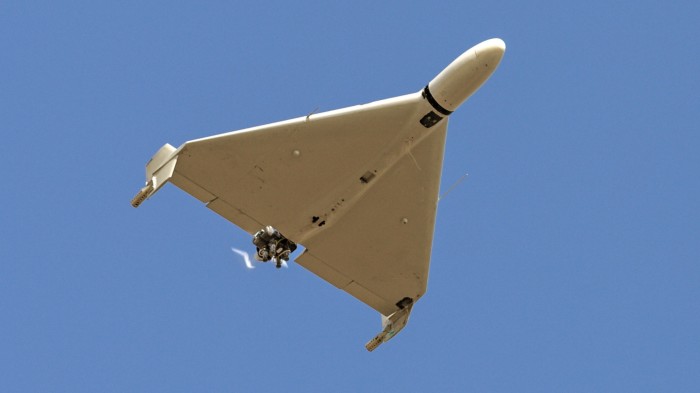Stay informed with free updates
Simply sign up to the War in Ukraine myFT Digest — delivered directly to your inbox.
The writer is the director of the Eurasia programme at the James Martin Center for Nonproliferation Studies
As Israel and Iran begin a ceasefire after nearly two weeks of war that significantly damaged Tehran’s military and nuclear infrastructure, one might think that Russia is worried about the ramifications for its own military campaign in Ukraine. Russia has had to watch Israel claim control of the skies over Tehran and knock out Iran’s air defences, an achievement that has eluded Moscow in Ukraine.
Israeli and US strikes have also destroyed or damaged Iran’s uranium enrichment facilities and Israel has impaired Iran’s drone and missile production. Iranian weapons — especially drones — have been valuable to Russia’s war effort. Now, having taken such a serious beating, Tehran will need to rebuild and might not be able to aid the Kremlin in Ukraine for quite a while.
Iran provided Russia with badly needed Shahed 136 combat drones and their production technology early in the Ukraine war. With time, the infamous Shahed (rechristened by Russia as the Geran-2) became the cornerstone of Russia’s deep-strike attack campaign in Ukraine. Iran also supported Russia’s war in other ways, ferrying artillery shells and other ammunition across the Caspian Sea. Signalling a desire to deepen their defence ties, Iran and Russia signed a strategic partnership treaty in January.
Despite that history of co-operation, a weakened Iran is unlikely to have much of an impact on Russia’s war effort today. That’s because Russia now produces vast quantities of Shahed 136 drones domestically, having received the production technology, blueprints and training from Iran. As Russia localised the production in its Alabuga Special Economic Zone, it span off variations from the original Iranian designs, improving the drones’ engines, warheads and resistance to jamming.
Similarly, Israel’s degradation of Iran’s missile production will have limited consequences. Last autumn, Russia received a batch of Iranian Fath-360 missiles and it has reportedly requested other models in the past. But it has not even used those Fath-360s in Ukraine. Ukraine estimates that Russia has stockpiled some 13,000 missiles of various ranges and can produce up to 200 per month. Moscow, it appears, has no acute need for Iranian missiles.
The Kremlin has also branched out, forging new alliances. When it comes to Russian battlefield needs in Ukraine, reliance on Iran reached its zenith one year into the war, and has since been eclipsed by China and North Korea. In 2023, North Korea emerged as a critical enabler of the Russian war machine, sending munitions, missiles and — more recently — men.
At last month’s Victory Day parade in Moscow, President Vladimir Putin publicly hugged and thanked North Korean generals for their country’s support. When it comes to sheer quantities of dual-use goods and weaponry components, China is the most important contributor to Russia’s defence enterprise.
Indeed, as Russia reduced its reliance on Iran, it increasingly turned to China for parts. Ongoing construction of a Russian-Chinese logistics complex in Alabuga augurs a growing Chinese involvement in Russia’s drone production enterprise, including new models such as the Garpiya-A1 and Garpiya-3.
The fighting between Israel and Iran may be over — for now — but the future of Iran’s nuclear programme and the whereabouts of its highly enriched uranium remain unclear. As Russia increases its summer offensive and unleashes drones on Ukrainian cities, Putin is unlikely to face imminent pressure to agree to a ceasefire in Ukraine from a distracted US government.
The Israel-Iran war — and the US’s direct involvement in it — was unwelcome news for Russia. It upended Moscow’s strategic calculus in the Middle East and exposed the limitations of its power projection. But this war will not force Russia to ease off in Ukraine.
